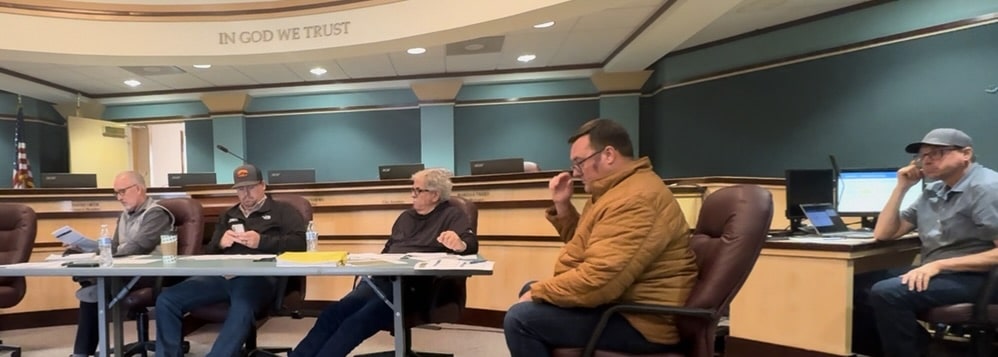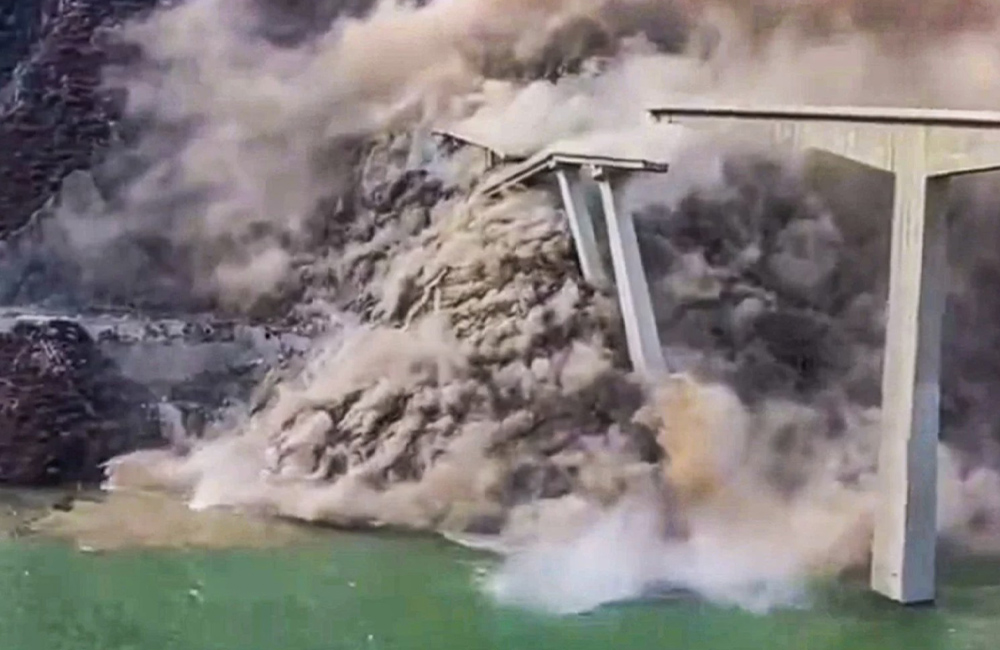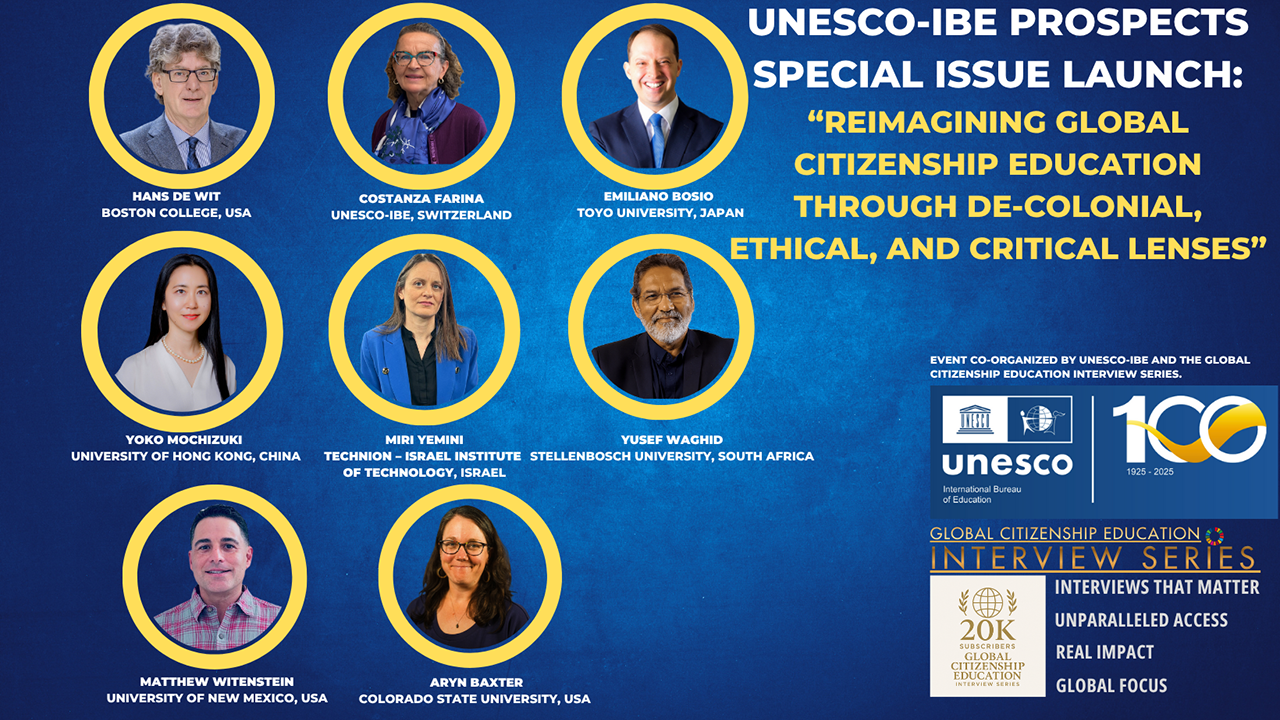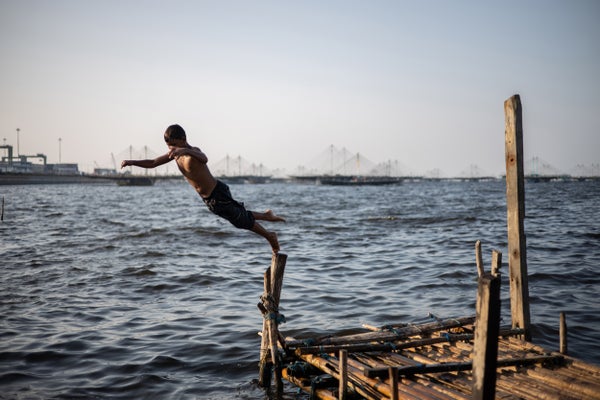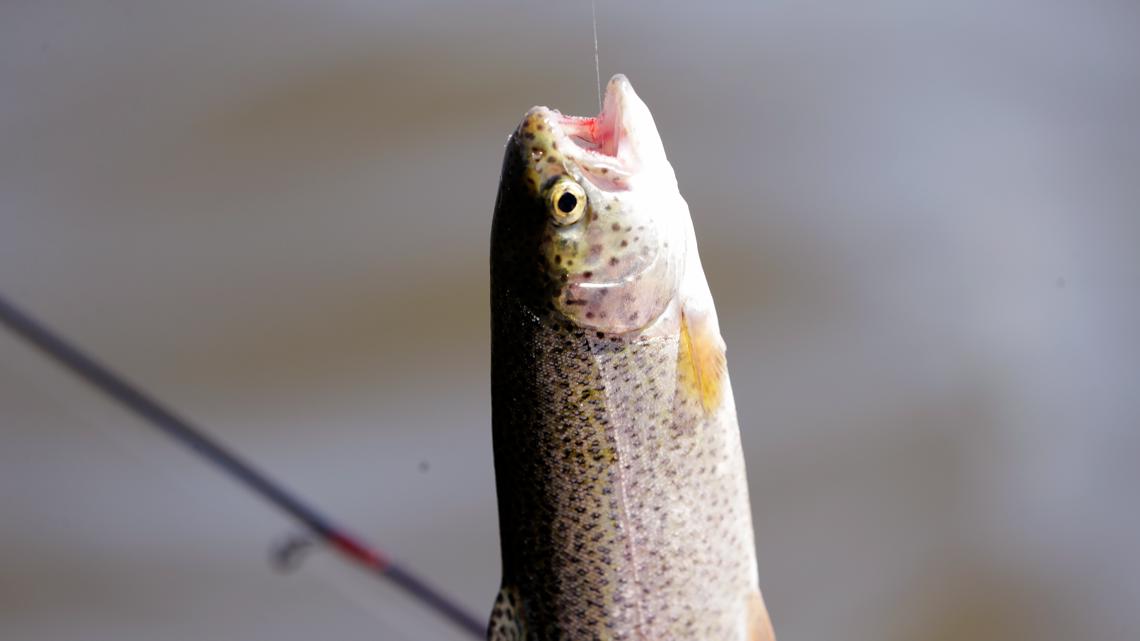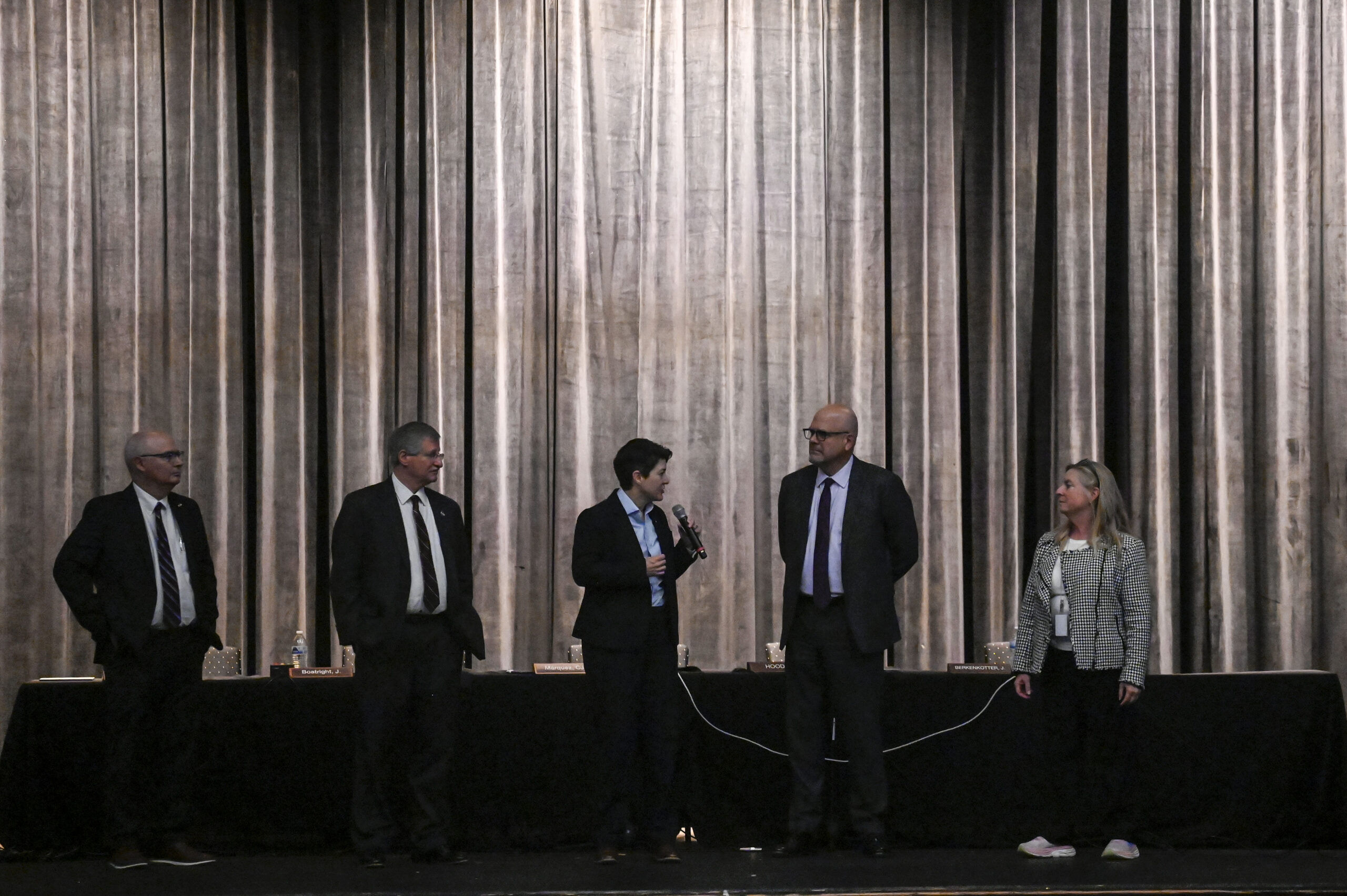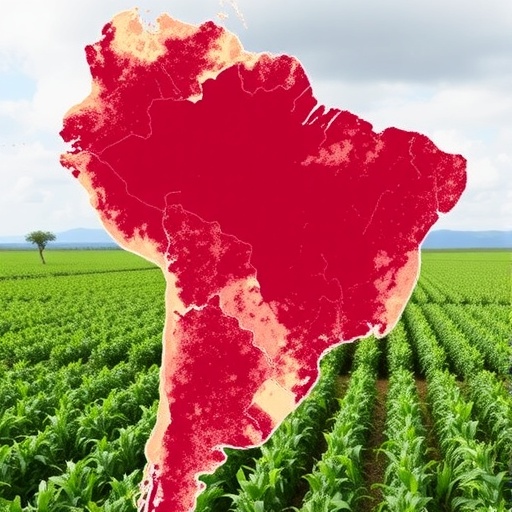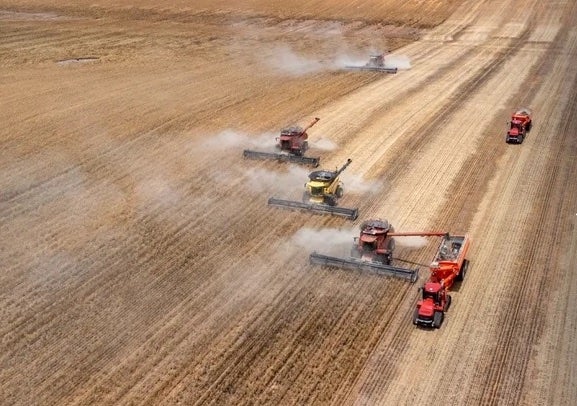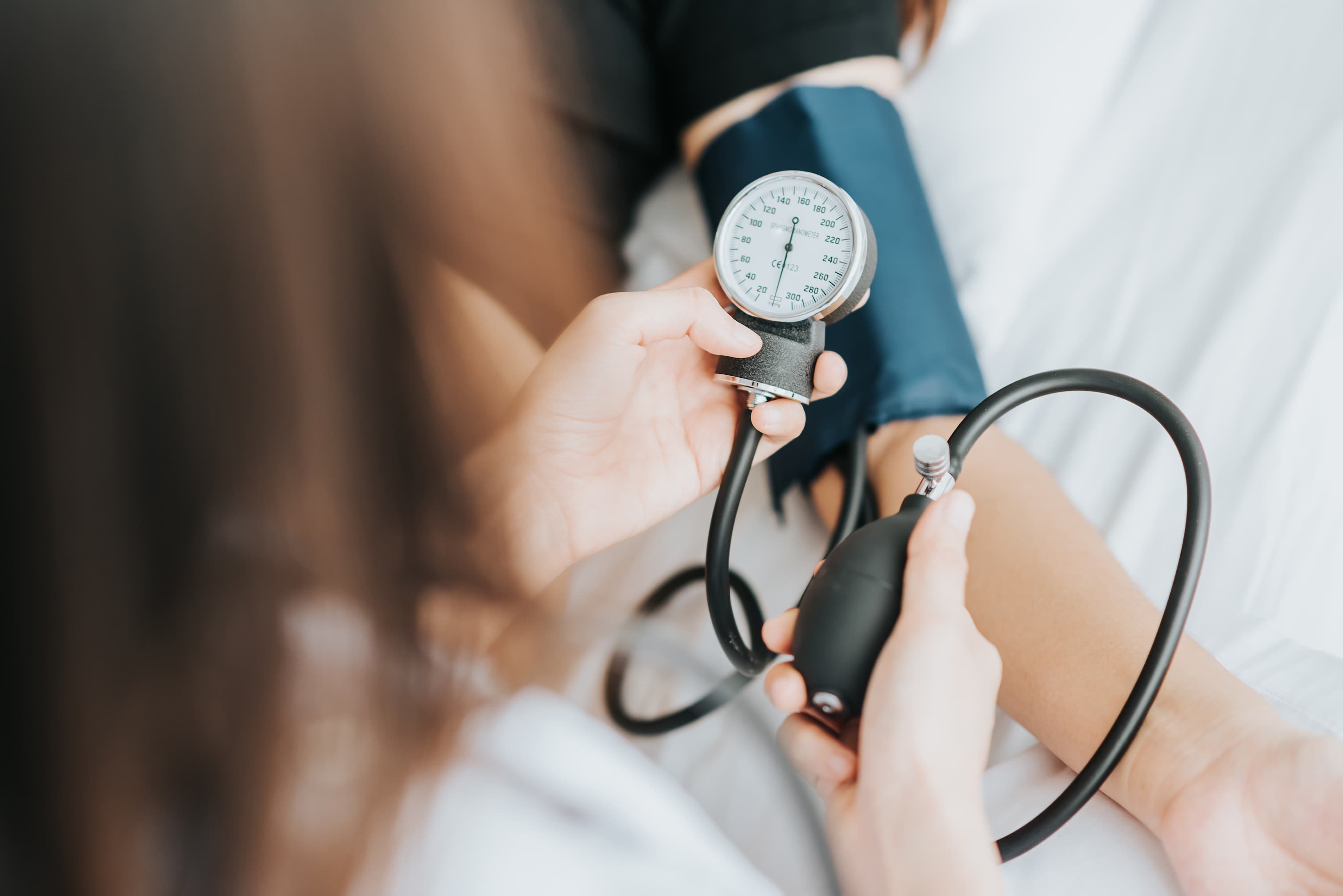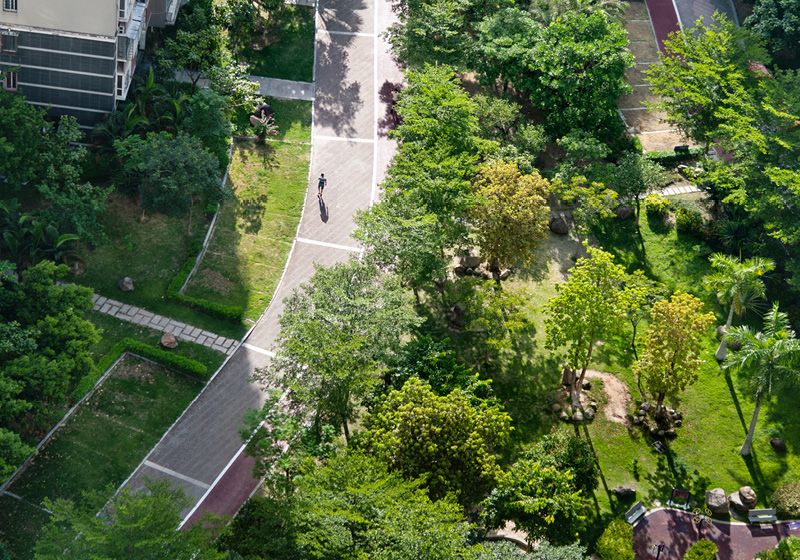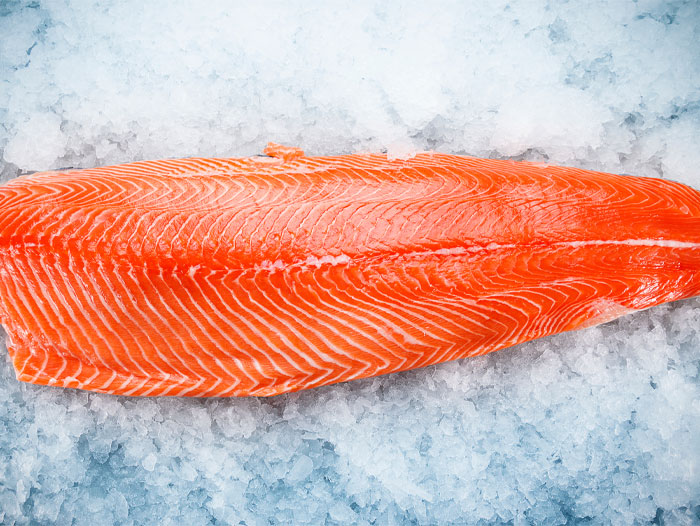‘Enforcement isn’t enough’: Philippines IUU fishing thrives with poor governance, legal gaps – agtechnavigator.com

Report on the Impact of IUU Fishing on Sustainable Development Goals in the Philippines
Executive Summary
A report by Oceana Philippines details an escalating crisis within the Philippine fisheries sector, driven by a significant rise in Illegal, Unreported, and Unregulated (IUU) fishing. This trend severely undermines the nation’s progress towards key Sustainable Development Goals (SDGs), particularly SDG 14 (Life Below Water), SDG 2 (Zero Hunger), SDG 1 (No Poverty), and SDG 16 (Peace, Justice and Strong Institutions). The continued decline in fish stocks and the displacement of local fisherfolk threaten marine ecosystems, national food security, and the livelihoods of millions.
Escalation of Illegal Fishing and its Threat to SDG 14 (Life Below Water)
The integrity of marine ecosystems in the Philippines is under severe threat from illegal fishing activities, directly challenging the objectives of SDG 14.
- Rising Illegal Activity: Data from Karagatan Patrol, utilizing Visible Infrared Imaging Radiometer Suite (VIIRS) technology, detected a 10.5% increase in suspected illegal commercial fishing vessel presence in municipal waters in 2024.
- Declining Fish Stocks: This illegal activity, combined with overfishing and habitat destruction, contributes to a consistent decline in marine fisheries production since its peak in 2010. This directly contravenes SDG Target 14.4, which aims to end overfishing and IUU fishing to restore fish stocks.
- Impact on Key Species: Data from the Philippine Statistics Authority (PSA) highlights the increasing pressure on fishery resources, with significant declines in the catch volumes of vital species.
- Frigate tuna production has fallen by 62% from its 2004 peak.
- Round scad (galunggong), a staple food source, has seen its production drop by 46% from its 2007 peak.
- Habitat Destruction: Destructive fishing methods compound the crisis, putting the long-term recovery of fish stocks and the sustainable management of marine ecosystems (SDG Target 14.2) at risk.
Socio-Economic Consequences and Setbacks for SDG 1, 2, 8, & 10
The crisis in the fisheries sector has profound socio-economic implications, hindering progress on goals related to poverty, hunger, and inequality.
- SDG 2 (Zero Hunger): The Bureau of Fisheries and Aquatic Resources (BFAR) has a stated goal of 100% food-fish sufficiency by 2028. The decline in local fishery production due to IUU fishing makes this target increasingly unattainable, threatening national food security.
- SDG 1 (No Poverty) & SDG 8 (Decent Work and Economic Growth): Small-scale fishers, who depend on municipal waters, are displaced by illegal commercial fishing operations. This results in diminished harvests, eroding their incomes and undermining the economic viability of their livelihoods.
- SDG 10 (Reduced Inequalities): The displacement of small-scale fishers by larger commercial entities deepens socio-economic inequalities and marginalizes coastal communities.
- SDG 14.b (Access for Small-Scale Fishers): The intrusion of commercial vessels into municipal waters directly violates the SDG target of providing access for small-scale artisanal fishers to marine resources.
Institutional Response and Challenges to SDG 16 (Peace, Justice and Strong Institutions)
While measures have been implemented to combat IUU fishing, significant gaps in governance and enforcement remain, highlighting challenges related to SDG 16, which calls for effective and accountable institutions.
Current Measures
- In 2020, BFAR issued Fisheries Administrative Order 266, mandating vessel monitoring measures (VMM) and electronic reporting systems for commercial fishing vessels.
- It is reported that approximately 90% of licensed commercial fishing vessels now have tracking devices installed.
Systemic Weaknesses
- Lack of Data Transparency: Oceana calls for BFAR to grant access to VMM data to local governments and law enforcement agencies to enable effective monitoring and interception of illegal activities. This aligns with SDG Target 16.6 on developing transparent institutions.
- Insufficient Enforcement: Stakeholders warn that enforcement alone is not enough to deter IUU fishing.
- Governance and Legal Loopholes: The persistence of the problem is attributed to systemic issues, including weak local governance and legal loopholes that fail to prevent illegal fishing effectively.
Conclusion and Recommendations
Safeguarding Philippine municipal waters is essential for achieving national development targets and global commitments to the Sustainable Development Goals. The clear message from fisheries stakeholders is that comprehensive action is required. To effectively combat IUU fishing and align with the SDGs, the following actions are critical:
- Strengthen monitoring, control, and surveillance through transparent data sharing and collaborative enforcement.
- Address systemic governance issues and close legal loopholes that enable IUU fishing.
- Uphold the rights of small-scale fisherfolk as mandated by SDG 14.b to ensure their survival and prosperity.
- Implement policies that ensure the long-term sustainability of marine resources to meet the goals of SDG 14 (Life Below Water) and SDG 2 (Zero Hunger).
Which SDGs are addressed or connected to the issues highlighted in the article?
SDG 14: Life Below Water
- The article’s central theme is the crisis in the fisheries sector due to Illegal, Unreported, and Unregulated (IUU) fishing. It discusses the decline in marine fisheries production, the destruction of marine habitats, and the need to safeguard municipal waters, all of which are core concerns of SDG 14.
SDG 2: Zero Hunger
- The article directly connects the fisheries crisis to food security by mentioning the Bureau of Fisheries and Aquatic Resources’ (BFAR) goal of “100% food-fish sufficiency by 2028.” The decline in the catch of staple species like Round scad, known as “the poor man’s fish,” explicitly threatens the food supply and accessibility for the population.
SDG 1: No Poverty
- The article highlights the severe economic impact on small-scale fisherfolk. It states that IUU fishing displaces them, “erodes their incomes,” and undermines their livelihoods, directly contributing to poverty within these coastal communities.
SDG 10: Reduced Inequalities
- The displacement of small-scale fishers by larger commercial vessels is presented as an issue that “deepens socio-economic inequalities.” This points to the growing gap between small, local fishers and large commercial operations, a key concern of SDG 10.
SDG 16: Peace, Justice and Strong Institutions
- The article calls for “strong monitoring, control, and surveillance” and points to systemic issues like “weak local governance and legal loopholes” that fail to prevent IUU fishing. The discussion around BFAR’s administrative orders, the need for data sharing with local governments, and the call for better enforcement all relate to building effective and accountable institutions.
What specific targets under those SDGs can be identified based on the article’s content?
SDG 14: Life Below Water
- Target 14.4: By 2020, effectively regulate harvesting and end overfishing, illegal, unreported and unregulated fishing and destructive fishing practices and implement science-based management plans, in order to restore fish stocks in the shortest time feasible, at least to levels that can produce maximum sustainable yield. The entire article is focused on the failure to curb IUU fishing, the resulting decline in fish stocks (tuna, scad), and the call for stronger regulation.
- Target 14.b: Provide access for small-scale artisanal fishers to marine resources and markets. The article explicitly mentions that “Small-scale fishers, who rely on municipal waters for their catch, are displaced by commercial fishers,” which directly relates to the need to protect their access to resources.
SDG 2: Zero Hunger
- Target 2.1: By 2030, end hunger and ensure access by all people, in particular the poor and people in vulnerable situations, including infants, to safe, nutritious and sufficient food all year round. The national goal of “100% food-fish sufficiency” and the threat to this goal from declining fish stocks directly align with this target.
SDG 1: No Poverty
- Target 1.2: By 2030, reduce at least by half the proportion of men, women and children of all ages living in poverty in all its dimensions according to national definitions. The article’s statement that IUU fishing “erodes their incomes” connects directly to the fight against poverty for the millions of Filipino families who depend on fishing.
SDG 10: Reduced Inequalities
- Target 10.2: By 2030, empower and promote the social, economic and political inclusion of all, irrespective of age, sex, disability, race, ethnicity, origin, religion or economic or other status. The article’s concern that the situation “deepens socio-economic inequalities” by favoring commercial fishers over small-scale ones addresses the core of this target.
SDG 16: Peace, Justice and Strong Institutions
- Target 16.6: Develop effective, accountable and transparent institutions at all levels. The call for BFAR to share vessel monitoring data with local governments and the identification of “weak local governance and legal loopholes” as systemic problems point directly to the need for more effective and transparent institutions to combat IUU fishing.
Are there any indicators mentioned or implied in the article that can be used to measure progress towards the identified targets?
SDG 14: Life Below Water
- Indicator for Target 14.4: The proportion of fish stocks within biologically sustainable levels. The article provides specific data points that serve as negative indicators: a 62% decrease in Frigate tuna production from its 2004 peak and a 46% drop in Round scad production from its 2007 peak. The general decline in marine fisheries production since 2010 is also a key indicator.
- Indicator for Target 14.4: The degree of implementation of instruments to combat IUU fishing. The article mentions several indicators: the detection of a “10.5% rise in illegal activity in 2024” using VIIRS technology, the fact that “90% of licensed commercial fishing vessels now have tracking devices installed” under Fisheries Administrative Order 266, and the call for data access to be given to local agencies.
SDG 2: Zero Hunger
- Indicator for Target 2.1: The national food-fish sufficiency rate. The article mentions BFAR’s goal of “100% food-fish sufficiency by 2028,” which serves as a benchmark. The declining production of staple fish is an indicator of moving away from this goal.
SDG 1: No Poverty
- Indicator for Target 1.2: Income levels of small-scale fisherfolk. The article provides a qualitative indicator by stating that their incomes are “eroding,” suggesting an increase in poverty within this group.
SDG 16: Peace, Justice and Strong Institutions
- Indicator for Target 16.6: Effectiveness of governance and enforcement. The article implies this can be measured by the prevalence of IUU fishing despite regulations. The “steady rise in illegal activity” and the mention of “weak local governance and legal loopholes” are indicators of low institutional effectiveness.
Table of SDGs, Targets, and Indicators
| SDGs | Targets | Indicators |
|---|---|---|
| SDG 14: Life Below Water | 14.4: End overfishing, illegal, unreported and unregulated (IUU) fishing and destructive fishing practices.
14.b: Provide access for small-scale artisanal fishers to marine resources and markets. |
– Decline in marine fisheries production since 2010. – 62% decrease in Frigate tuna production from 2004 peak. – 46% decrease in Round scad production from 2007 peak. – 10.5% rise in detected illegal activity in 2024 (via VIIRS). – Displacement of small-scale fishers from municipal waters. |
| SDG 2: Zero Hunger | 2.1: End hunger and ensure access by all people to safe, nutritious and sufficient food. | – Progress towards the goal of 100% food-fish sufficiency by 2028. – Production volume and accessibility of staple fish like Round scad (“the poor man’s fish”). |
| SDG 1: No Poverty | 1.2: Reduce at least by half the proportion of people living in poverty. | – Erosion of incomes for small-scale fisherfolk. |
| SDG 10: Reduced Inequalities | 10.2: Empower and promote the social, economic and political inclusion of all. | – Deepening of socio-economic inequalities between small-scale and commercial fishers. |
| SDG 16: Peace, Justice and Strong Institutions | 16.6: Develop effective, accountable and transparent institutions at all levels. | – Prevalence of “weak local governance and legal loopholes.” – Lack of data sharing from BFAR to local governments. – Rate of compliance and enforcement of Fisheries Administrative Order 266. |
Source: agtechnavigator.com

What is Your Reaction?
 Like
0
Like
0
 Dislike
0
Dislike
0
 Love
0
Love
0
 Funny
0
Funny
0
 Angry
0
Angry
0
 Sad
0
Sad
0
 Wow
0
Wow
0
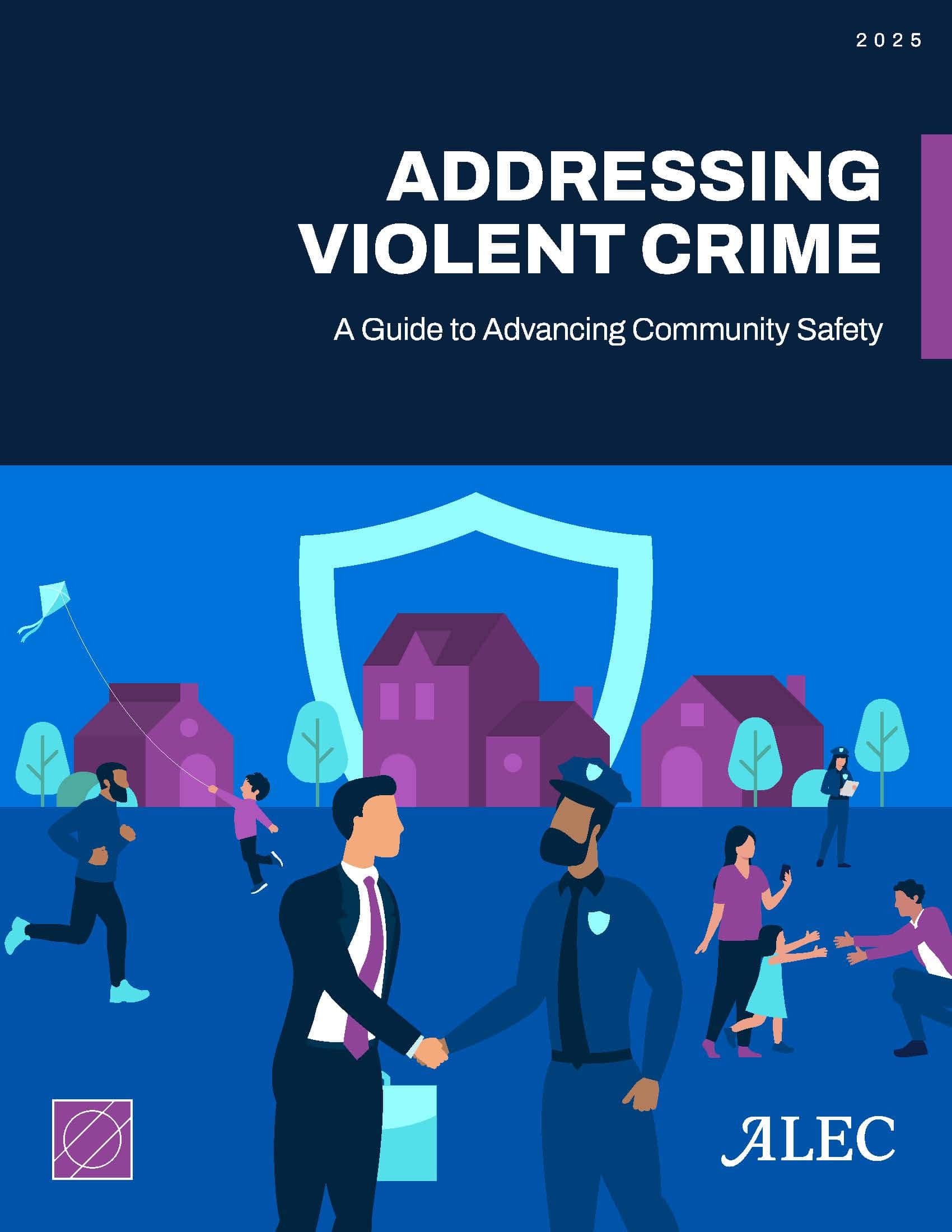






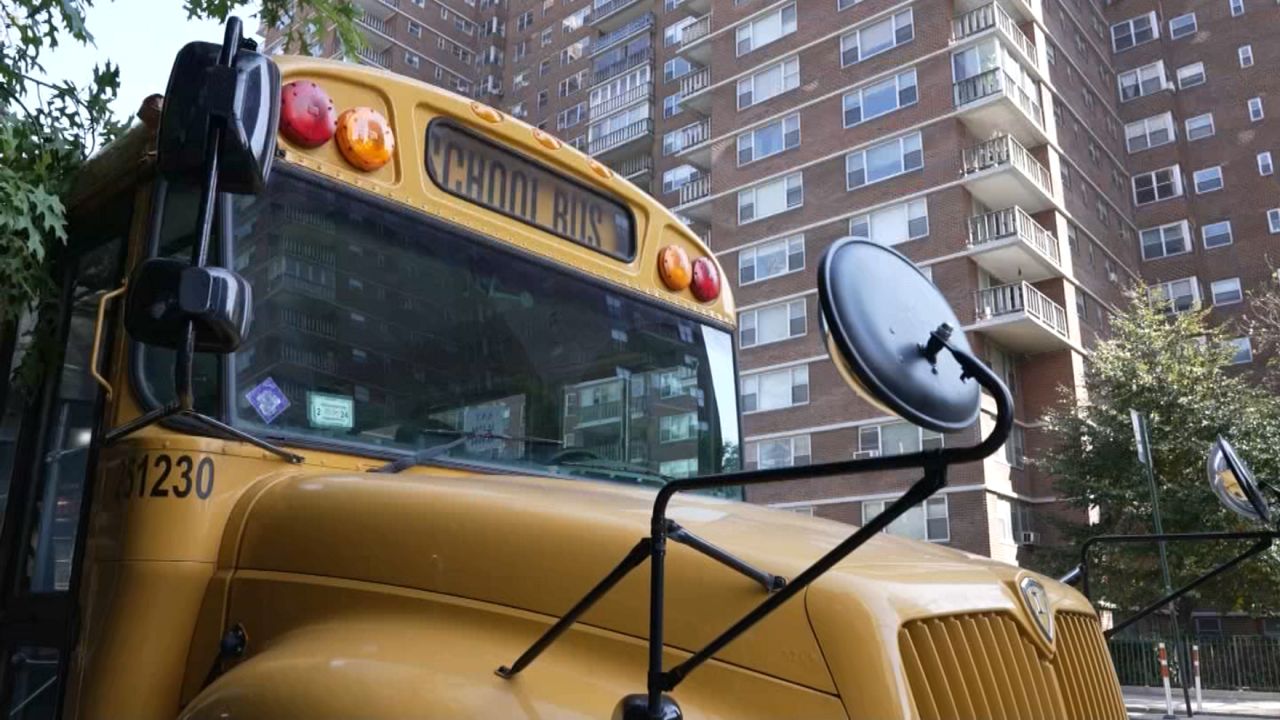

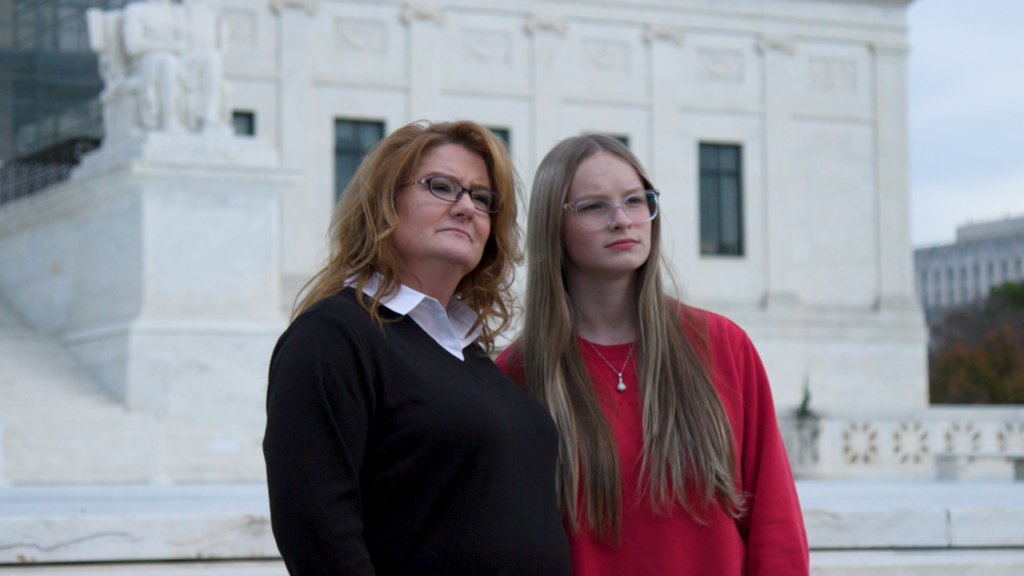





;Resize=805#)














